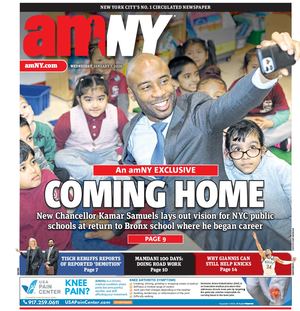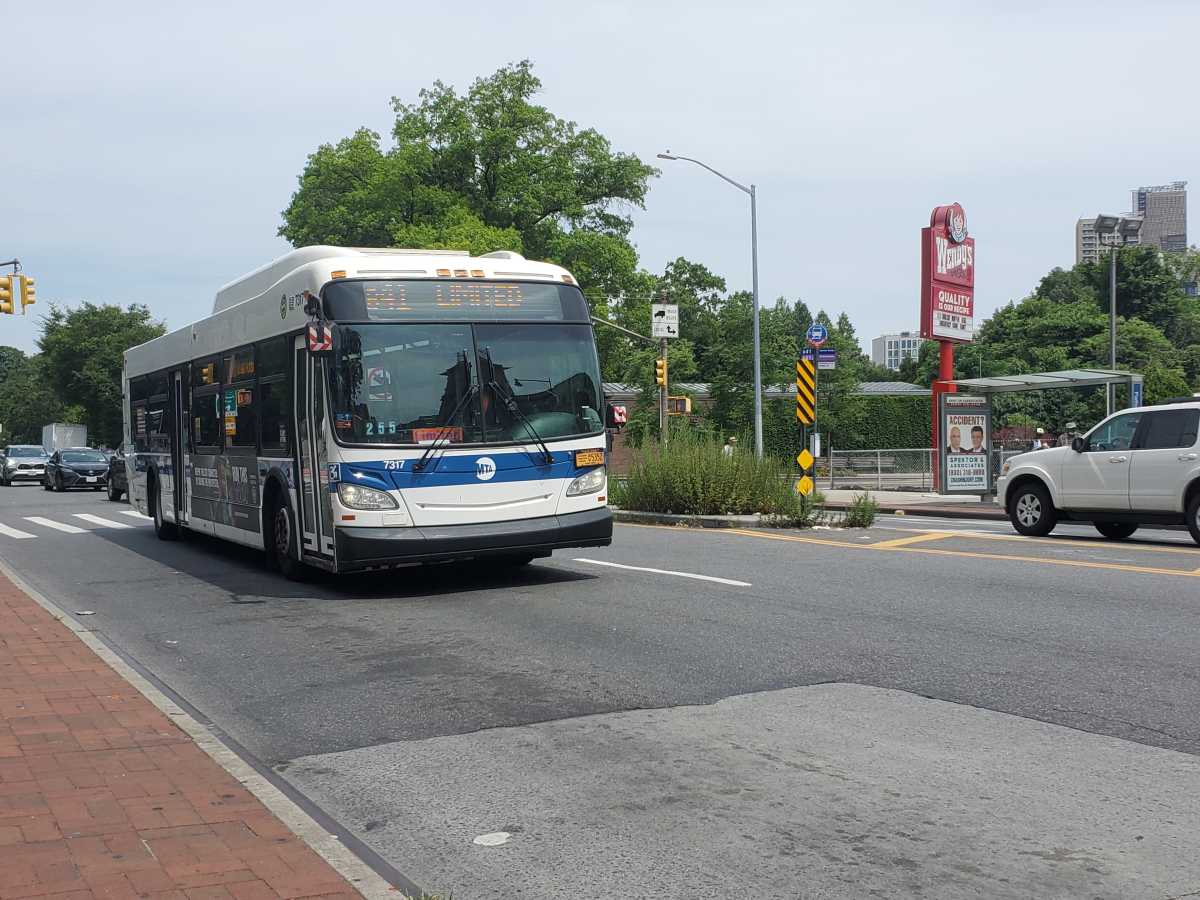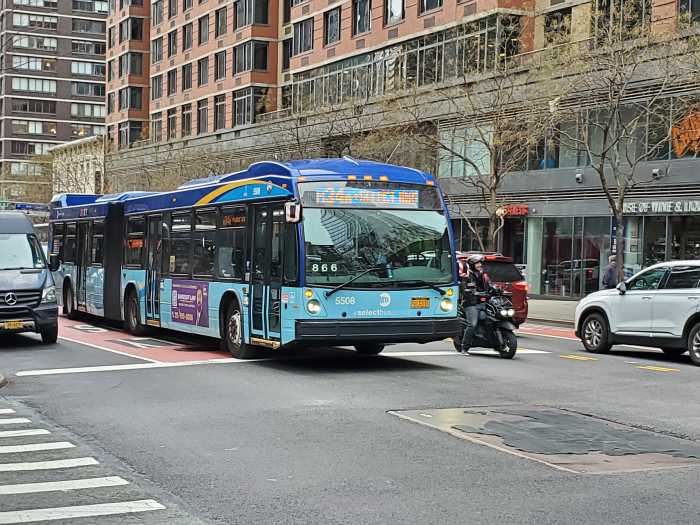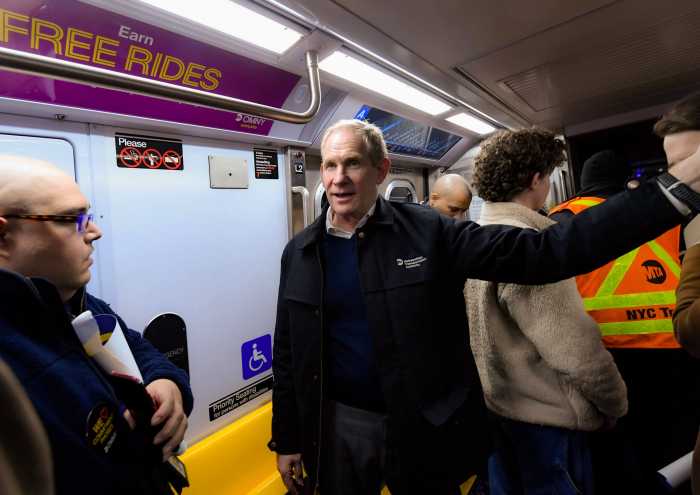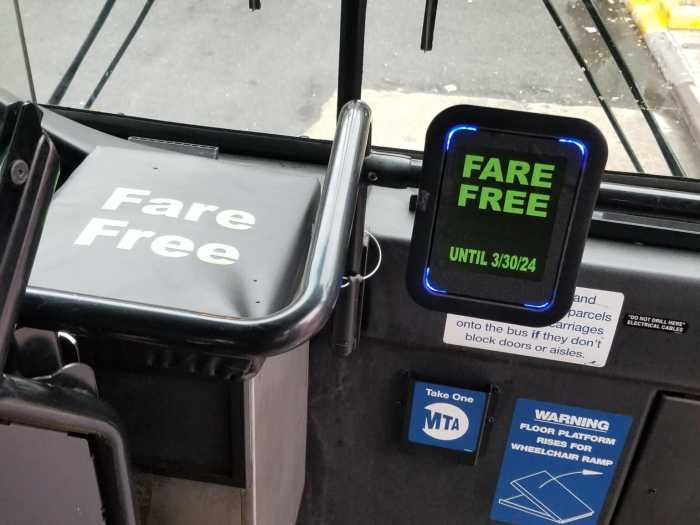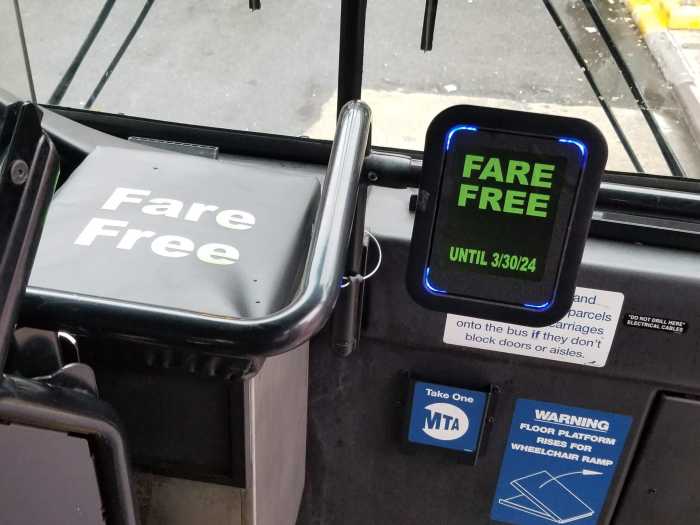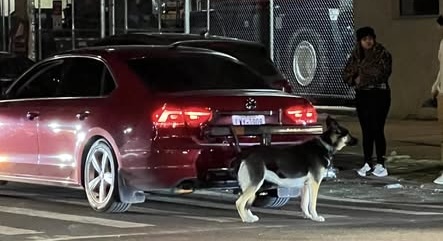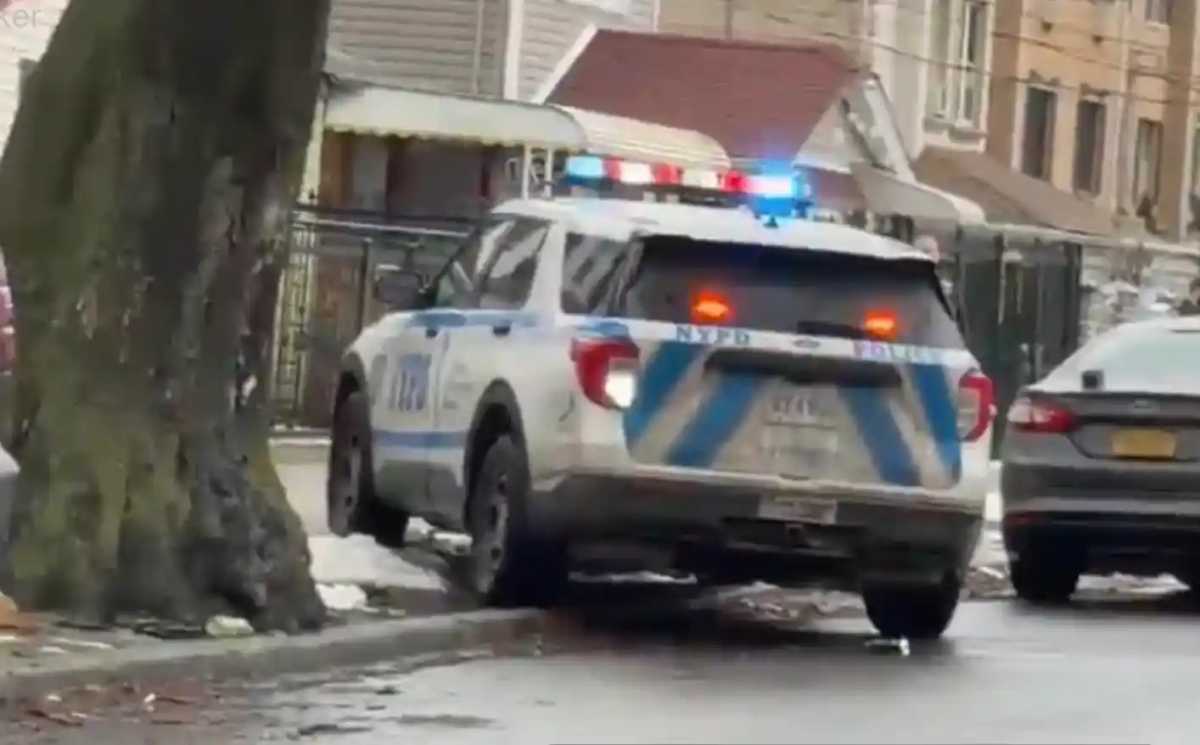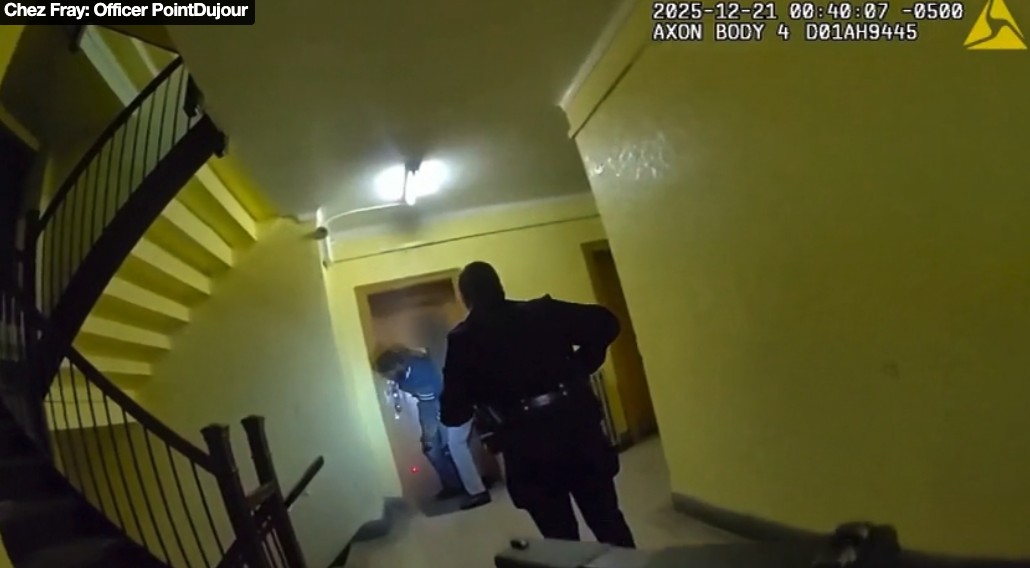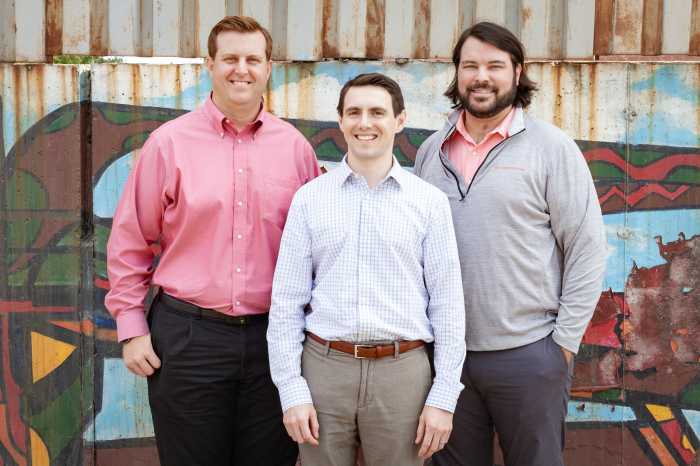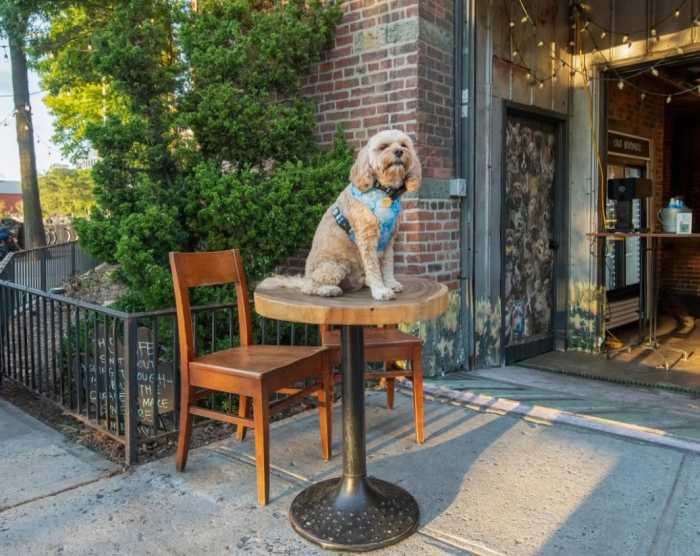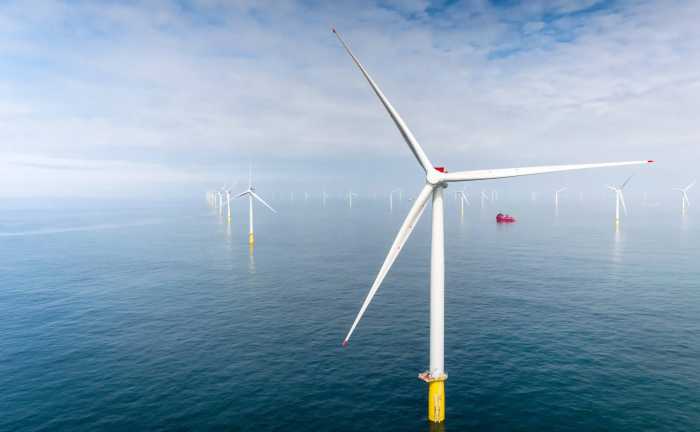The MTA’s yearlong free bus service pilot is set to unceremoniously end on Sept. 1, with the agency deeming the experiment a dud even though it generated increased ridership.
Started last September, the MTA eliminated fares on five bus lines, one in each borough, as part of an experiment mandated by state lawmakers as part of the authority’s financial rescue package in 2023. The five lines chosen were the Bx18 in the Bronx, the B60 in Brooklyn, the M116 in Manhattan, the Q4 in Queens, and the S46/96 in Staten Island.
Months after state legislators declined to extend the pilot in this year’s budget, and agency brass cast aspersions on it, the MTA has put out its initial findings.
Ridership went up significantly across all five lines, by an average of 30% on weekdays and 38% on the weekends, in the nine months since the pilot commenced, considerably outpacing ridership growth across the system.
But, the agency contends, not many of the additional riders were new to the route. Existing riders in these lines, it concluded, ended up taking the bus more frequently.
Moreover, the MTA says that bus speeds didn’t increase on the free routes; in fact, speeds decreased year-over-year at roughly the same level as the system overall. Dwell times — the amount of time a bus sits at a stop without moving — actually increased significantly, rising 7% compared to 1% for the rest of the system, largely as a result of increased ridership increasing the time for boarding.
Dwell time on a per-passenger basis, however, decreased, said MTA Chief of Strategic Initiatives Jon Kaufman.
“When you’re putting 30% more passengers on the routes, it’s gonna take longer to pick all those people up,” said Kaufman.
Overall, the program has cost the MTA $12.3 million over 9 months, said Kaufman, compared to $15 million allocated for the full year. That includes $8.2 million in direct fare revenue lost on those routes, plus fares lost from riders on other routes choosing free buses instead. The MTA also spent on parallel free Access-a-Ride service to complement the free buses, per federal regulations.
Despite calls from some corners to make all city buses free, the MTA does not appear intent on trying free bus service again in the near future.
“Our hope was this pilot would get people out of their cars and onto buses on these routes,” said Demetrius Crichlow, the interim president of MTA New York City Transit. “We did not see anything that aligned with that initial intent.”
MTA Chair and CEO Janno Lieber has previously derided the fare-free pilot as “send[ing] the wrong message” while the agency attempts to combat rampant fare evasion, which in 2022 cost the authority nearly $700 million in foregone revenue. Fare-hopping is a particular issue on buses, where the rate of nonpayment is approaching 50% of riders.
Come August, the MTA will start laying out communications on buses along the five routes informing straphangers that the free rides are coming to an end.
Read more: Lawmakers Challenge Hochul’s Authority to Pause Congestion Pricing
